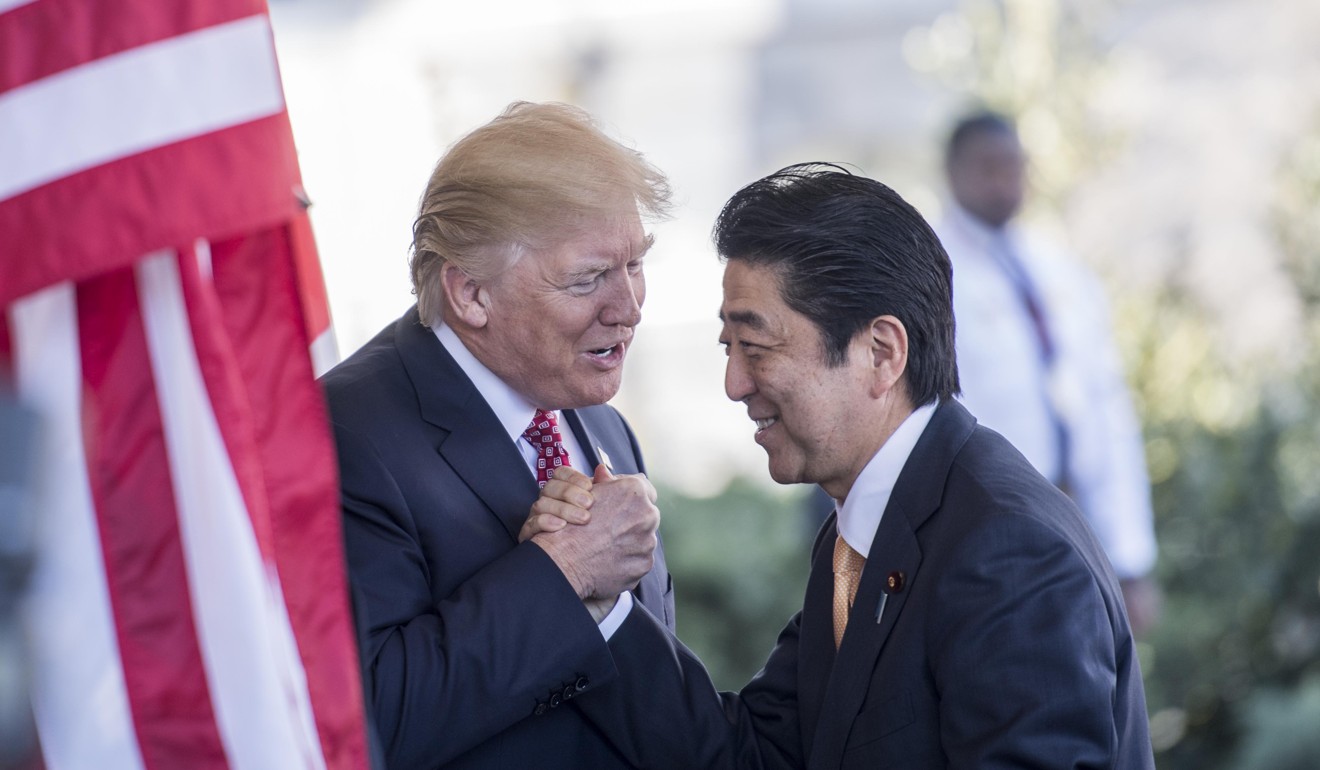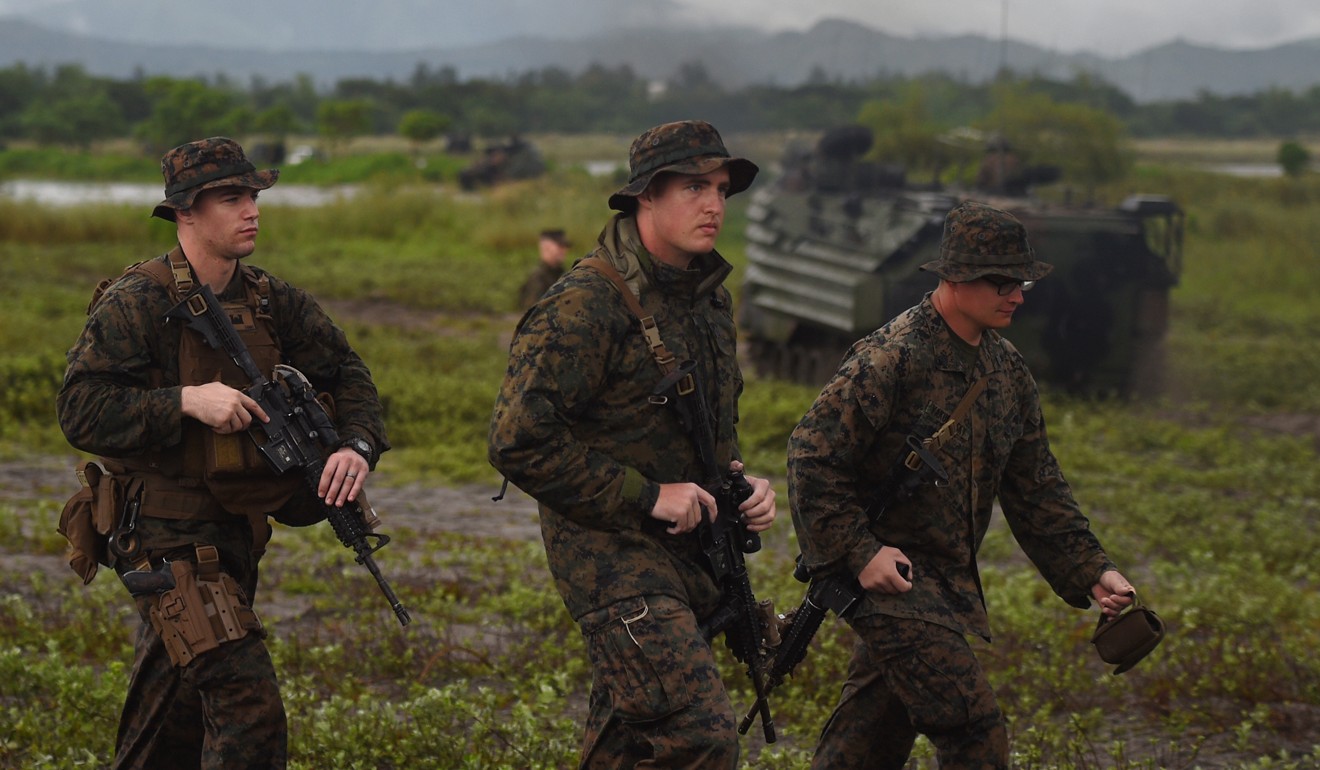To renew the US-Philippines relationship, start with ditching the American-centric lens
- Mark J. Valencia says a possible review of the Philippines’ Mutual Defence Treaty with the US has alarmed US-Asia policy experts, but the rhetoric continues to centre on American interests

The Philippines is considering a review of its 1951 Mutual Defence Treaty with the US. Secretary of National Defence Delfin Lorenzana said a review could look at ways to “maintain it, strengthen it, or scrap it”. The possibility that the Philippines might withdraw from the treaty has caused considerable consternation in US-Asia policy circles.
Some analysts have made suggestions that might help rectify the situation. But they maintain a predominantly one-sided perspective on US-Philippines relations by focusing almost exclusively on US interests in maintaining the treaty. They refuse to recognise the reality that the circumstances – and the Philippines – have changed, and so must the US attitude and the treaty itself, to be compatible with the current political and strategic environment.
The treaty establishes and underpins the US-Philippines military alliance. It obliges both parties to “act to meet the common dangers” of “an armed attack on the metropolitan territory of either of the parties, or on the island territories under its jurisdiction in the Pacific or on its armed forces, public vessels or aircraft in the Pacific”. That seems pretty clear.
But, despite decades of Philippine requests for it to do so, the US has refused to clarify if this means that it would come to the Philippines’ aid in the event of a conflict with China in the South China Sea.
Strengthening the Philippines’ doubts, the treaty provides that, in such a scenario, the two would “consult” and that such an “attack will be acted upon in accordance with their constitutional processes”. The fear is that the US could use this clause to prevaricate, delay and even evade any military response.
Compounding the concern, under US President Donald Trump’s “America first” policy, it is not at all clear that the US will risk blood and treasure in a confrontation with China on debatable claims to tiny rocks in the South China Sea, especially if the Philippines provokes such a clash.
Indeed, when the Philippines and China confronted each other in 2012 near the Scarborough Shoal, the US failed to come to the Philippines’ aid and, as a result, China now controls the shoal.
Further, China is not likely to attack Philippine navy vessels but instead uses fishing vessels as maritime militia to block and harass them, presenting both the Philippines and the US with a dilemma over whether to use force.
Rubbing salt in the political wound, the US has assured Japan it will come to its aid in a clash with China over disputed rocks and maritime space under its administration in the East China Sea.
Philippine leaders feel slighted that the US would give such an assurance to Japan but not their country. Indeed, this contradiction raises the spectre of a US neocolonialist approach to the Philippines.
A disappointed then-Philippines foreign minister Perfecto Yasay Jnr declared: “The United States [has] held on to invisible chains that reined us in towards dependence and submission as little brown brothers not capable of true independence and freedom”.

Academics Gregory Poling and Eric Sayers observe that Philippine President Rodrigo Duterte’s administration thinks that despite the Mutual Defence Treaty, the US will not come to the Philippines’ aid even in the event of active military conflict with China in the South China Sea.
Thus, they suggest “Philippine officials might conclude that maintaining the Mutual Defence Treaty gains them little benefit while scrapping it might at least convince Beijing of Manila’s ‘independent foreign policy’ and lead to some concessions in negotiations.”
Poling and Sayers argue that the “Trump administration needs to recognise this danger, understand Manila’s concerns are not unreasonable, and move carefully but quickly to preserve and ultimately strengthen the alliance.”
They also point out that the supplemental US-Philippines 2014 Enhanced Defence Co-operation Agreement (EDCA) also depends on the Mutual Defence Treaty. That agreement allows the US to construct facilities and pre-position and store defence equipment, supplies and material within Philippine military bases and to deploy troops on a rotational basis there.
These observations and suggestions are particularly significant because they come from long-term critics of Duterte’s anti-American policy. While these experts now seem to better understand the Philippines’ perspective, their suggestions are primarily concerned with satisfying US interests.

They raise the old canard that China’s occupation of features in the South China Sea “threatens long-standing US interests in the freedom of the seas and the stability of the Indo-Pacific”.
Based on this hyped and self-serving premise, they argue that “defending these interests requires that China’s neighbours, especially the Philippines, continue to believe in US staying power”.
According to Poling and Sayers, Duterte’s reluctance to allow the US pre-positioning of defence assets and troops in the Philippines “must change”. They also worry that if the Philippines withdraws from the Mutual Defence Treaty it “would be a severe blow to US interests in the Indo-Pacific.”
In other words, to them, continuance of the treaty and the EDCA is critical to US interests in the region, not necessarily to those of the Philippines whose relations with China may suffer.
What they apparently fail to understand is that this is precisely the attitude that continues to produce anti-Americanism in the Philippines – now manifested at the highest levels of its government.
Mark J. Valencia is an adjunct senior scholar at the National Institute for South China Sea Studies, Haikou, China